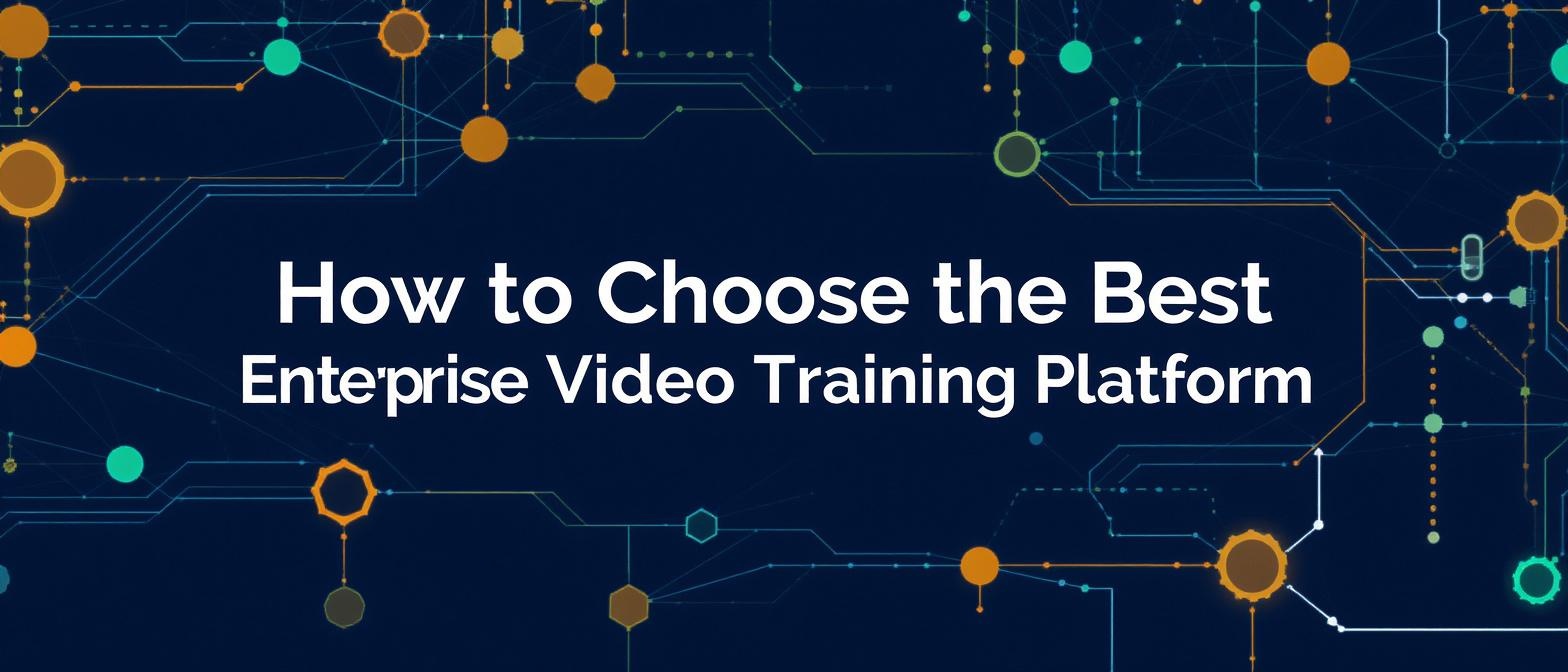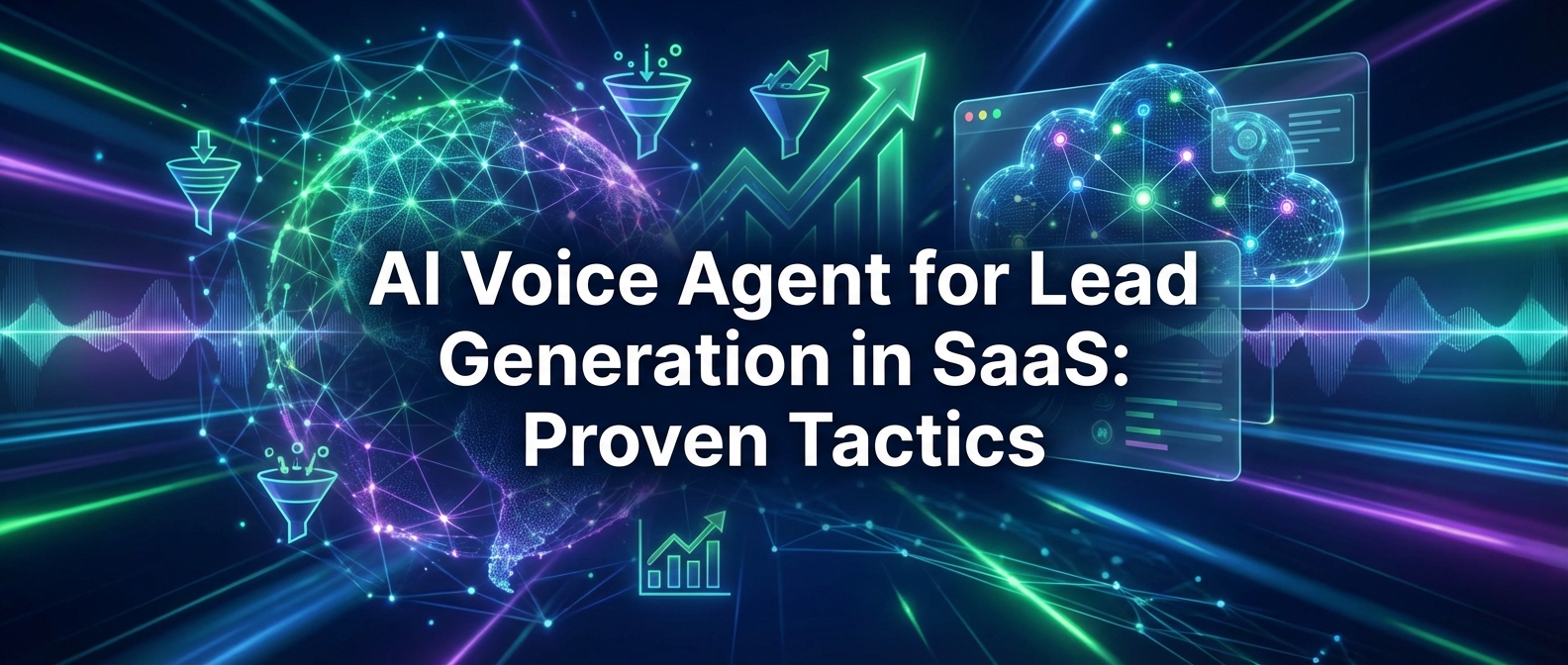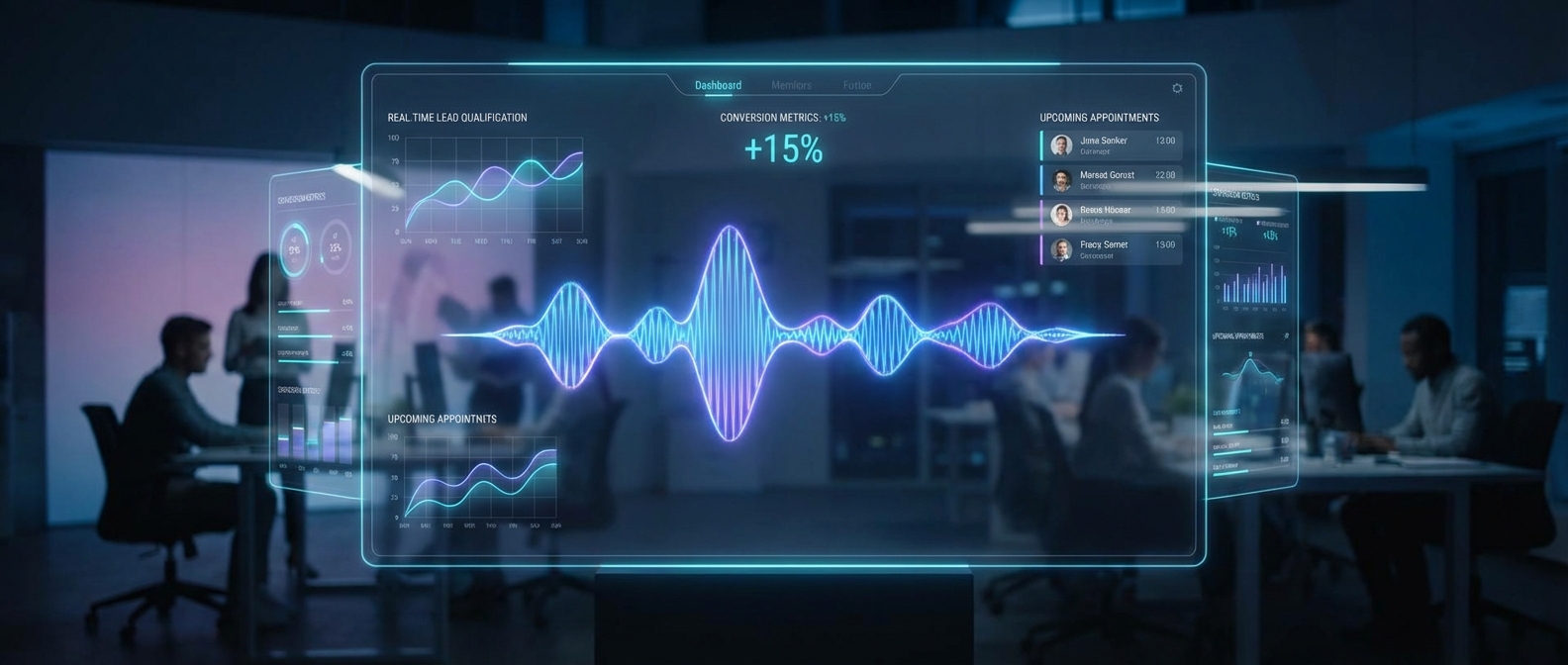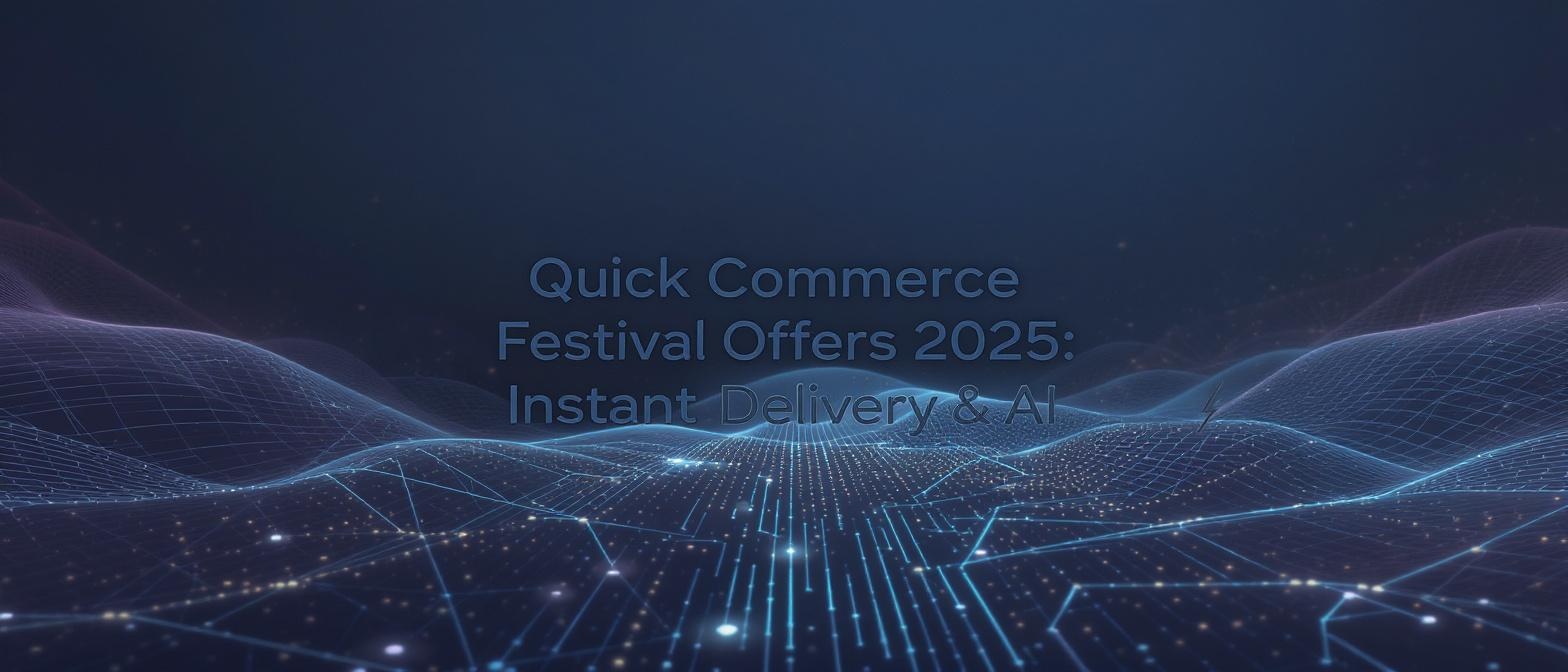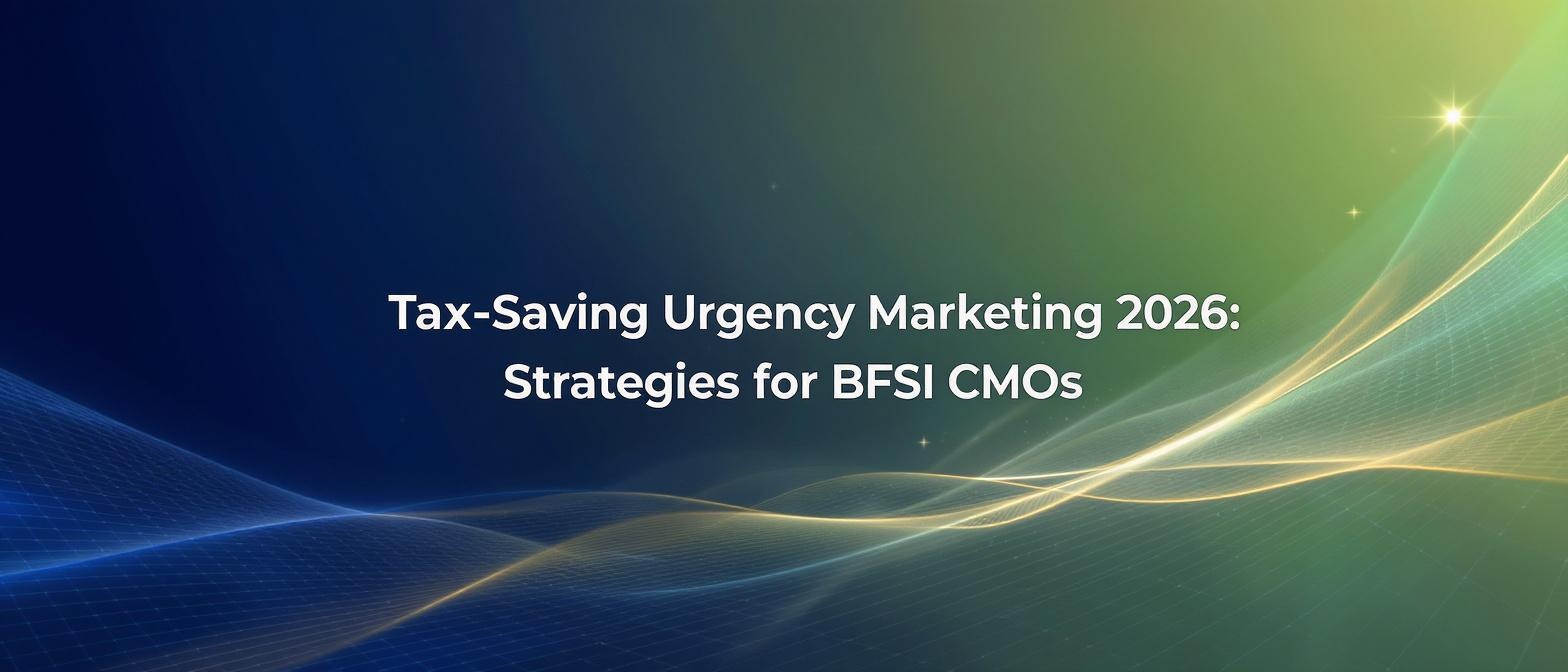How to Choose the Right Enterprise Video Training Platform for L&D Teams
Estimated reading time: ~11 minutes
Key Takeaways
- An enterprise video training platform brings agility and scalability to L&D programs
- AI personalization drives engagement and improved learning outcomes
- Implementing video-based onboarding shortens time-to-competency and boosts retention
- Selecting the right platform involves assessing integration, security, and scalability
The era of week-long, classroom-based corporate training is rapidly fading. Today’s Learning & Development (L&D) landscape is defined by the need for agility, scale, and personalization. As organizations adapt to hybrid work models and global teams, the shift to on-demand, digital-first learning has accelerated, making the right technology stack a critical driver of business success. At the core of this evolution is the enterprise video training platform, a sophisticated solution designed to revolutionize how employees learn and grow.
An enterprise video training platform is a centralized system for creating, managing, distributing, and analyzing video content across an entire organization. It moves beyond simple video hosting to provide a secure, scalable, and data-rich environment for corporate learning. The business case is compelling: these platforms offer unparalleled flexibility for learners, boost engagement through dynamic content, and provide the deep analytics L&D teams need to measure impact. By leveraging technologies like AI, companies can now deliver personalized employee training videos https://www.truefan.ai/blogs/enterprise-video-personalization-strategy that cater to individual roles, skill gaps, and learning paces, transforming training from a one-size-fits-all mandate into a targeted, effective, and continuous development journey.
What Is an Enterprise Video Training Platform?
An enterprise video training platform is far more than a corporate YouTube. It is an integrated ecosystem designed for the complete lifecycle of learning content, providing robust tools for creation, secure hosting, intelligent delivery, and in-depth performance analysis. Think of it as the central nervous system for your entire video-based learning strategy.
At its core, the platform is built on four foundational pillars:
- Centralized Video Management: This involves secure, cloud-based storage for all video assets. Advanced metadata tagging and content organization allow L&D teams to easily categorize, search, and retrieve videos, ensuring that employees can find relevant training modules in seconds, not hours. https://www.truefan.ai/blogs/enterprise-video-content-management
- Advanced Analytics and Reporting: Dashboards track crucial engagement metrics far beyond simple view counts. L&D leaders can monitor view-through rates, time-watched per module, quiz performance, and user progress, segmenting data by department, role, or region to identify learning trends and prove ROI. https://www.truefan.ai/blogs/video-personalization-analytics-platform
- Accessibility and On-Demand Access: Content is delivered seamlessly across any device, whether desktop or mobile, allowing employees to learn at their own pace and convenience. This on-demand model is crucial for supporting a flexible, global workforce that needs access to information anytime, anywhere. https://www.truefan.ai/blogs/multilingual-video-campaign-management
- Enterprise-Grade Security & Compliance: Protecting intellectual property and sensitive training material is paramount. These platforms feature robust security protocols, including end-to-end encryption, granular access controls, single sign-on (SSO) integration, and adherence to global compliance standards like SOC 2 and ISO 27001. https://www.truefan.ai/blogs/enterprise-video-security-standards
By consolidating these functions, a video-based learning platform eliminates content silos, enhances the learner experience, and provides the data-driven insights necessary to optimize L&D initiatives at scale. This technological foundation is what separates a professional learning solution from a basic video-sharing tool.
Source: https://www.gumlet.com/learn/enterprise-video-platform/
Source: https://echo360.com/articles/a-beginners-guide-to-video-training-platforms-for-corporate-learning/
Benefits of AI Video Learning Management Systems
While a standard enterprise video platform provides a solid foundation, the integration of Artificial Intelligence (AI) elevates it into a proactive and intelligent learning solution. An AI video learning management system moves beyond static content delivery to create a truly dynamic and responsive educational environment. This is where modern L&D strategies gain a significant competitive edge.
AI enhancements automate complex tasks and unlock new levels of personalization. Key benefits include:
- Automated Content Tagging and Indexing: AI algorithms can analyze video content, automatically generating transcripts, summaries, and relevant metadata tags. This makes your entire video library instantly searchable, allowing an employee to find the exact moment in a 90-minute webinar where a specific topic was discussed.
- Personalized Learning Recommendations: By analyzing a learner's behavior—such as their role, past courses completed, and even quiz performance—the AI can recommend the most relevant next piece of content. This creates an individualized learning path that addresses specific knowledge gaps and career goals.
- Real-Time Gap Analysis and Refreshers: The system can identify areas where an employee or a team is struggling and automatically suggest targeted microlearning modules as refreshers. This data-driven approach ensures that training resources are deployed efficiently to where they are most needed.
Platforms like Studio by TrueFan AI enable a new frontier of hyper-personalization at scale. By leveraging generative AI, they offer capabilities that were previously unimaginable:
- Hyper-Personalization at Scale: Using APIs, the platform can dynamically insert employee names, departments, or specific contextual data directly into a video. Imagine a safety training video where the narrator addresses each employee by name and references their specific worksite.
- Virtual Reshoots and AI Editing: L&D teams can update or A/B test video content without needing costly and time-consuming reshoots. The AI can alter speech and lip movements in existing footage to deliver new lines, saving thousands of creative hours annually.
- Multilingual Localization: With support for over 175 languages and perfect AI-powered lip-sync, a single training video can be instantly localized for a global workforce, ensuring a consistent and authentic learning experience for every employee.
These AI-driven features transform corporate training video personalization from a niche tactic into a scalable, core component of your L&D strategy, driving deeper engagement and better learning outcomes.
Source: https://elearningindustry.com/enterprise-video-platform-benefits-customer-training
The Role of Personalization in Employee Training
One-size-fits-all training is fundamentally inefficient. Employees become disengaged by irrelevant content, while critical skill gaps for specific roles are overlooked. Personalized employee training videos solve this by tailoring content to an individual's specific context, including their role, skill level, region, or even their preferred learning style.
Personalization goes beyond simply adding a name to a video. True personalization creates an interactive and adaptive learning journey. This can manifest in several ways:
- Scenario-Based Branching: The training video presents a real-world scenario and asks the learner a question. Based on their answer, the video branches to a different segment, providing immediate, relevant feedback and reinforcing correct procedures. For instance, a sales training module can simulate a client objection, and the video's path changes based on how the employee chooses to respond.
- Dynamic Text and Visuals: Placeholders within the video can be populated with data from your HRIS or CRM. A new hire's onboarding video could include their name, their manager's name, and images of their actual team members, creating an immediate sense of belonging.
The impact of this approach is validated by real-world applications. TrueFan AI has powered several large-scale campaigns that demonstrate the power of personalization:
- Zomato’s Mother's Day Campaign: Over 354,000 unique videos were generated where a celebrity greeted each user's mother by name. This showcases the platform's ability to handle mass personalization with a human touch, a technique easily adaptable for internal recognition programs.
- Goibibo’s Travel Nudges: Personalized WhatsApp videos featuring a celebrity referencing a user's recently searched travel destination resulted in a 17% higher message read-rate. This highlights how relevance drives engagement, a key principle for encouraging participation in optional training.
- Hero MotoCorp’s Festive Wishes: A staggering 2.4 million videos were sent to customers, each mentioning their local dealership. This drove record visits to service camps, proving that personalization can trigger real-world actions—a powerful tool for compliance or certification-driven training.
- Cipla’s Doctor’s Day Initiative: 6,400 personalized thank-you videos were sent to doctors, boosting B2B engagement. This demonstrates the effectiveness of personalized video in strengthening professional relationships, applicable to training for client-facing roles.
These examples prove that when content is made specifically for the individual, it captures attention, improves retention, and drives desired behaviors, making it a cornerstone of modern employee onboarding videos and continuous learning programs.
Source: https://uqualio.com/post/seeing-is-believing-exploring-the-benefits-of-video-training-for-businesses
Implementing Video-Based Learning for Employee Onboarding
Employee onboarding is one of the most critical phases in the employee lifecycle, yet it's fraught with challenges. New hires face information overload, remote employees can feel disconnected, and ensuring consistent messaging across the organization is a constant struggle for L&D and HR teams. A well-structured, video-based learning strategy directly addresses these pain points.
By leveraging an enterprise video training platform, you can create a scalable, engaging, and measurable onboarding experience. Effective strategies include:
- Microlearning Modules: Break down complex topics into short, digestible videos (2-5 minutes each). This approach respects the new hire's time, improves knowledge retention through spaced repetition, and allows them to learn at their own pace.
- Interactive, Scenario-Based Role Plays: Move beyond passive viewing with interactive videos. A module on company ethics could present a dilemma and require the new hire to choose a course of action, with the video branching to explain the consequences of their choice.
- Embedded Social Features: Foster a sense of community by integrating discussion boards or live Q&A sessions directly within the video platform. This allows new hires to ask questions, share insights, and connect with their peers and mentors, even in a remote setting.
- Automated Progress Tracking and Certification: The platform can automatically track module completion, quiz scores, and overall progress. Upon successful completion of the onboarding program, a certificate can be auto-generated, streamlining compliance and providing a sense of accomplishment.
The return on investment is clear and measurable. Organizations that adopt video-based onboarding report significant improvements in key metrics. Solutions like Studio by TrueFan AI demonstrate ROI through quantifiable data, including:
- Reduced Onboarding Time: Automating content delivery can cut the time-to-competency by up to 50% compared to traditional classroom methods.
- Higher Engagement Rates: Interactive and personalized videos consistently achieve higher view-through and quiz pass rates, ensuring critical information is being absorbed.
- Improved Time-to-Productivity: By delivering targeted, role-specific information from day one, new hires can become productive members of the team much faster. A 2025 report from LinkedIn Learning emphasizes that opportunities for learning and growth are a top driver of employee satisfaction, making a strong onboarding program a crucial retention tool.
Furthermore, the ability to rapidly iterate content ensures that your onboarding program is never out of date. When a policy changes or a new tool is introduced, a module can be updated and redeployed in minutes, not weeks.
Source: https://echo360.com/articles/a-beginners-guide-to-video-training-platforms-for-corporate-learning/
Source: https://learning.linkedin.com/resources/workplace-learning-report
Best Practices for Selecting an Enterprise Video Training Platform
Choosing the right enterprise video training platform is a strategic decision that will impact your L&D programs for years to come. To make an informed choice, L&D teams should evaluate potential solutions against a clear set of criteria.
Here is a checklist of essential features and capabilities to consider:
- Scalability and Performance: The platform must be able to support your organization's growth, handling thousands of videos and users without compromising performance. Justification: As your content library and workforce expand, you need a system that can deliver a fast, reliable experience for every user, every time. Metric: Look for platforms with proven low-latency delivery (<30 seconds for real-time rendering) and robust cloud infrastructure.
- Integration Capabilities: Deep integration with your existing tech stack is non-negotiable. The platform should offer robust APIs for connecting with your LMS, CRM (like Salesforce), HRIS (like Workday), and communication channels (like Slack or WhatsApp). Justification: Integration enables automated workflows, such as triggering a personalized welcome video the moment a new employee is added to the HRIS. Metric: Ensure the platform provides comprehensive RESTful API documentation and support for seamless data exchange.
- AI-Driven Personalization: The platform should offer advanced AI features that go beyond basic customization. Look for capabilities like hyper-personalization (dynamic insertion of names, data, and visuals) and virtual reshoots. Justification: These features are what separate a modern platform from a legacy one, allowing you to create truly engaging content at scale.
- Multilingual Support: For global organizations, comprehensive language support is critical. The platform should not only support subtitles but also offer high-quality, AI-powered dubbing and lip-sync in a wide array of languages. Justification: Delivering training in an employee's native language dramatically improves comprehension and engagement. Studio by TrueFan AI's 175+ language support and AI avatars provide a benchmark for global-ready solutions.
- Security and Compliance: The vendor must demonstrate a serious commitment to data security. Look for certifications like ISO 27001 and SOC 2, and ensure they have features like role-based access control and detailed audit logs. Justification: Your training content is valuable intellectual property, and employee data must be protected according to global privacy regulations.
- Advanced Analytics and Reporting: The platform should provide customizable dashboards that allow you to track the metrics that matter most to your business. This includes engagement data, completion rates, and the ability to correlate training performance with business outcomes. Justification: Robust analytics are essential for demonstrating the ROI of your L&D programs and making data-driven decisions for future content.
- Ease of Use: The platform should be intuitive for both administrators and learners. Content authoring tools should be user-friendly, and the learner interface should be clean, modern, and easy to navigate. Justification: A complex, clunky interface will hinder adoption and undermine the effectiveness of your training programs.
Frequently Asked Questions (FAQ)
1. How does an enterprise video training platform differ from a standard Learning Management System (LMS)?
A standard LMS is typically designed to manage a wide range of content types (documents, SCORM files, etc.) and focuses on course administration and tracking. An enterprise video training platform is specialized for the entire video lifecycle—from creation and enrichment to secure streaming and in-depth video analytics. Many modern solutions are designed to integrate seamlessly with your existing LMS, using the video platform as a powerful content engine and the LMS as the system of record.
2. What kind of ROI can we expect from implementing a video training platform?
The ROI can be measured in several ways. Hard ROI includes reduced training costs (less travel and instructor fees), faster onboarding times, and improved time-to-productivity for new hires. Soft ROI includes higher employee engagement, improved knowledge retention, and a stronger learning culture. A 2025 report by PwC on AI business predictions notes that AI-driven personalization is a key factor in maximizing value from technology investments.
3. Is it difficult to create personalized videos at scale?
It used to be, but modern AI-powered platforms have made it remarkably simple. With a platform like Studio by TrueFan AI, you can create a single video template and use APIs to automatically generate thousands or even millions of unique versions. The system pulls data from your CRM or HRIS to populate variables like names, locations, or dates, all without manual editing.
4. How can we ensure our video content remains secure?
Leading platforms use a multi-layered security approach. This includes end-to-end encryption for data in transit and at rest, single sign-on (SSO) to ensure only authorized users can log in, granular permissions to control who can view or edit specific content, and digital rights management (DRM) to prevent unauthorized downloads or distribution. Always look for vendors with certifications like SOC 2 and ISO 27001.
5. How much technical expertise is needed to use one of these platforms?
The best platforms are designed to be user-friendly for non-technical L&D professionals. Content management, uploading, and basic editing features typically have intuitive interfaces. While the initial API integration for personalization might require IT involvement, the day-to-day operation of the platform and creation of training content is designed for L&D teams.
6. How do we measure the effectiveness of our video training content?
Effectiveness is measured through advanced video analytics. Key metrics to track include:
- Engagement Rate: How much of a video are employees actually watching?
- Audience Retention: Pinpoint where viewers drop off to identify confusing or unengaging content.
- Quiz and Assessment Scores: Directly measure knowledge acquisition.
- User Feedback and Ratings: Collect qualitative data on content quality.
- Correlation with Business KPIs: Track if employees who complete specific training (e.g., a sales methodology video) show improved performance in their roles.
Conclusion
The transition to a digital-first learning environment is no longer a future trend—it is a present-day necessity. To build a resilient, skilled, and engaged workforce, L&D teams must adopt tools that are as dynamic and innovative as the employees they serve. An AI-powered, personalized enterprise video training platform is the key to unlocking this potential.
By moving beyond generic, one-size-fits-all content, organizations can deliver learning experiences that are relevant, engaging, and demonstrably effective. A strategic investment in a video-based learning platform that offers rapid personalization, scalable multilingual content, and robust analytics will empower you to not only meet the demands of today but also to build the workforce of tomorrow.
Contact TrueFan AI to request a demo of their enterprise video training platform and transform your onboarding and training programs.
